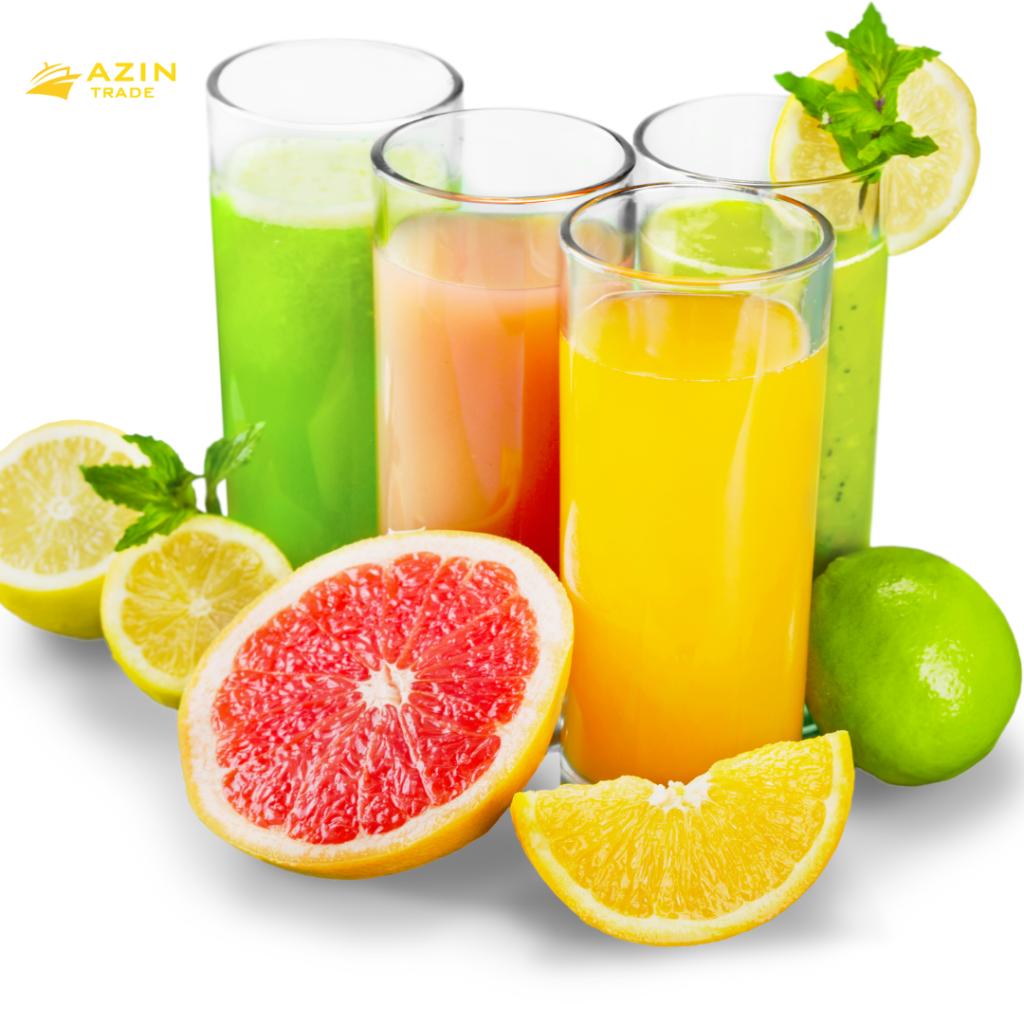
Fruit juice concentrate
Introduction
Fruit juice concentrate plays an important role in making different juice products. As an essential raw material, it have huge impact on juice quality. This passage introduced the most common ways to make fruit juice concentrate, including vacuum concentrate, freeze concentration, membrane concentration and aroma recovery. By comparing these fruit juice concentrate process technology, we can figure out their advantages and weakness, so as to apply them better in juice processing.
Video
concentrated fruit juice



